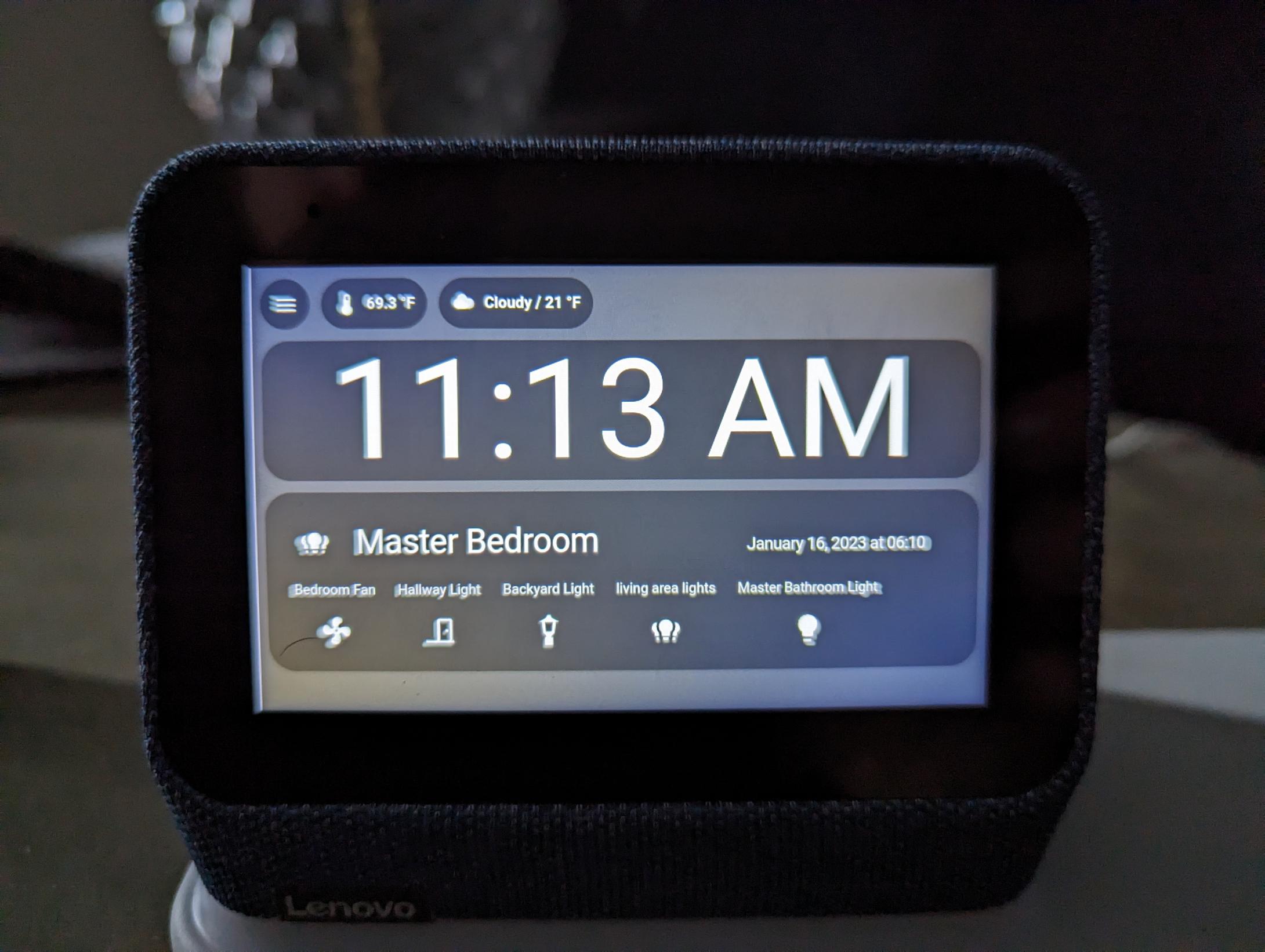Running on a Raspberry Pi, Home Assistant is an open-source home automation platform. It allows users to control smart devices in their homes from a single interface. In this article, we are going to discuss Home Assistant Raspberry Pi.
Embracing the powerhouse of home automation, Home Assistant transforms your Raspberry Pi into the ultimate smart home hub. This platform opens new horizons for home automation enthusiasts by seamlessly integrating various smart devices and enabling easy management through customizable dashboards.
As a lightweight yet potent tool, Home Assistant can automate daily tasks, offer remote access to devices, and enhance overall home efficiency without the need for cloud dependencies. Its DIY-friendly nature encourages users to take full control of their home environment, crafting a tailored smart ecosystem that caters to individual preferences and needs. With a strong community and robust support for numerous devices and services, Home Assistant on Raspberry Pi is the go-to choice for budget-conscious tinkerers looking to smarten their living spaces.
Introduction To Home Assistant On Raspberry Pi
Introduction to Home Assistant on Raspberry Pi demystifies the integration of a powerful smart home management system with a compact and efficient computer. This unique combination offers a reliable and customizable hub for home automation.
A Glimpse Into The Smart Home Phenomenon
Smart homes are no longer a futuristic concept. They are a convenient reality. Automating your home with intelligent devices adds comfort, security, and efficiency. Control lights, thermostats, and security systems with ease. Program routines that align with your daily habits. With the right setup, your home not only listens but also responds to your needs.
Why Choose Raspberry Pi For Your Smart Home Hub?
When it comes to creating a hub for your smart home, the Raspberry Pi stands out. It’s affordable, powerful, and has a vast community around it. Use this credit-card-sized computer to run Home Assistant. Transform your living space into a smart home with minimal investment.
- Cost-effective: Raspberry Pi makes technology accessible without a hefty price tag.
- Low Energy Consumption: Operates efficiently, reducing your carbon footprint.
- Flexible and Expandable: Add components as your smart home evolves.
Setting Up The Foundation
Embarking on the journey to automate your home starts with the right setup. A Raspberry Pi acts as the brain for your Home Assistant, turning a mini-computer into a smart home hub. Getting the foundation right is crucial for a smooth experience. Let’s dive into the essentials for building your Raspberry Pi setup for Home Assistant.
Essential Components For Your Raspberry Pi Setup
To ensure a successful installation, you’ll need these key items:
- Raspberry Pi (Model 3B/B+ or newer recommended)
- MicroSD card (minimum 32 GB, Class 10)
- Reliable power supply
- MicroSD card reader for flashing the software
- Network connection (Ethernet or WiFi)
- Monitor and HDMI cable (for initial setup)
- USB keyboard and mouse
- Case for Raspberry Pi (optional but advised)
- An active internet connection for software updates
With these components in hand, you’re ready to begin the installation process.
Installing Home Assistant: A Step-by-step Guide
The process to get Home Assistant up and running is straightforward:
- Download the latest Home Assistant image for Raspberry Pi.
- Flash the image to your MicroSD card using a tool like balenaEtcher.
- Eject the card safely from your computer.
- Insert the MicroSD into the Raspberry Pi.
- Connect your Raspberry Pi to monitor, keyboard, and power supply.
- Power on the Raspberry Pi and follow the on-screen instructions.
- Set up your network connection to ensure Home Assistant can connect to the internet.
- Access the Home Assistant on a web browser using the Raspberry Pi’s IP address.
- Follow the wizard to complete the setup inside the Home Assistant UI.
After these steps, your Home Assistant will be ready to control smart devices. Enjoy your smart home experience!
Exploring Home Assistant Features
Home Assistant on Raspberry Pi unlocks the power of smart home automation. Imagine controlling lights, thermostats, and more with a touch or voice command. This section dives into the features that make Home Assistant a must-have for tech enthusiasts and homeowners alike.
Interface Customization For Personal Touch
Customize your Home Assistant experience with the intuitive dashboard. See how you can personalize it to your liking:
- Edit the layout: Drag and drop cards to organize devices.
- Pick themes: Change colors and icons for a unique look.
- Create views: Group devices by room or function.
With customization, your Home Assistant interface reflects your style. It’s simple and fun to do!
Automating Your Home: The Basics
Automating your home is like having a personal assistant. Start with these basic steps:
- Choose devices: Start with smart bulbs or plugs.
- Set triggers: Use time or sensors to activate devices.
- Create routines: Make morning or bedtime actions with ease.
Build your smart home step by step. It’s easy with Home Assistant!

Credit: community.wd.com
Integration And Expansion
Home Assistant turns your Raspberry Pi into a smart home hub. With the right setup, you can control lights, blinds, and even the thermostat. Imagine your home, smarter, with every device talking to each other. Ready to level up your Raspberry Pi with Home Assistant? Let’s dive into connecting gadgets and adding voice power!
Connecting IoT Devices With Home Assistant
Make your Raspberry Pi the brain of your smart home with IoT integrations. Use Home Assistant to link up various devices. Here’s how to get started:
- Choose compatible devices: Check if they work with Home Assistant.
- Install Integrations: Add-ons in Home Assistant let you connect devices easily.
- Configure: Set device options in Home Assistant.
- Automate: Set rules for how devices work together.
Adding Voice Control Capabilities
Take control of your voice! Home Assistant with Raspberry Pi lets you do this. Follow these steps:
- Choose a voice assistant: Alexa or Google Assistant are popular choices.
- Install required add-ons: Find these in Home Assistant to connect your voice assistant.
- Link devices: Connect your smart devices to the voice assistant.
- Create voice commands: Decide what phrases will control your devices.
Your voice is now a remote! Say ‘Turn on the lights’ or ‘Play music’, and your home obeys.
Advanced Automation Tips
Unleash the full potential of your Home Assistant Raspberry Pi setup by diving into advanced automation. Transform your smart home experience with innovative ideas and custom solutions. Enhance your comfort, convenience, and security through the power of automation.
Creating Complex Automation
Boost your smart home’s brainpower with complex automation. Use conditions, triggers, and actions for tailored scenarios.
- Multi-condition automation: Combine time, location, and device status for precise control.
- Sequential actions: Manage tasks in a specific order for smooth operations.
- Adaptive triggers: Adjust automation based on user behavior or environmental changes.
With these strategies, your smart home adapts to your needs effortlessly.
Scripting In Home Assistant: An Introduction
Scripting extends the power of Home Assistant beyond basic automation. Write scripts to handle complex scenarios with ease. Here’s a brief overview:
| Feature | Description |
|---|---|
| Scripts | Reusable sequences of actions executed with a single command. |
| Variables | Store data values that scripts can use to make decisions. |
| Service Calls | Control devices and services within your smart home. |
Start with simple scripts and gradually weave in complexity.
# Example of a simple script
turn_off_lights:
sequence:
- service: light.turn_off
entity_id: light.living_room
Master scripting and take your Home Assistant to amazing heights.

Credit: www.reddit.com
Troubleshooting Common Issues
Home Assistant on a Raspberry Pi makes your home smarter, but sometimes things can get tricky. Quick fixes for common hiccups keep your setup running smoothly. Let’s dive into solving some typical problems you might face.
Dealing With Connectivity Problems
Connectivity issues can stop your smart home in its tracks. Look at these steps to fix Wi-Fi or Ethernet troubles:
- Check Your Router: Restart it and check for updates.
- Signal Strength: The Raspberry Pi should be close to the router for a strong connection.
- Power Supply: Ensure your Raspberry Pi has a stable power source.
- IP Address: Confirm it’s correct using the command
ifconfigin the terminal.
For persistent problems, consider a wired connection or a network range extender.
Upgrading And Maintaining Your Smart Home System
Keep your system up-to-date with new features and security patches. Follow these steps to upgrade Home Assistant:
- Backup Your System: Save your configuration files.
- Update Home Assistant: Use the command
ha core updatein the Home Assistant CLI. - Check Compatibility: Verify that your devices and add-ons work with the new version.
- Restart System: Reboot the Raspberry Pi after the update.
Maintenance like cleaning up the database and checking logs can prevent many problems.
Building Towards A Smarter Home
Building towards a smarter home with a Home Assistant Raspberry Pi isn’t just about convenience. It’s about crafting a living space that reacts, adapts, and takes care of your needs. This incredible journey begins with a small yet powerful computer—the Raspberry Pi. A smart home can manage your lights, temperature, and even your coffee machine. Let’s unlock some of the most exciting possibilities for your connected home.
Futuristic Smart Home Ideas To Consider
- Voice-activated control for all your devices
- Automated gardens that water themselves
- Energy-saving smart sensors for lights and heating
- Personal health monitors reporting to your devices
- Robotic assistants for cleaning and maintenance tasks
Ensuring Security And Privacy In Your Smart Home
As you add more devices to your network, security and privacy become crucial. Here’s how you can protect your smart home:
| Method | Function |
|---|---|
| Regular Updates | Keep software up to date to fix vulnerabilities. |
| Strong Passwords | Create unique passwords for all devices and networks. |
| Network Segmentation | Separate devices on different networks to limit access. |
| Two-Factor Authentication | Boost the security of your accounts by adding more layers. |
| Encryption | Secure data transfer between devices with encryption. |

Credit: community.home-assistant.io
Frequently Asked Questions Of Home Assistant Raspberry Pi
What Is Home Assistant Raspberry Pi?
Running on a Raspberry Pi, Home Assistant is an open-source home automation platform. It allows you to control various smart devices in your home from a single, centralized interface.
How To Install Home Assistant On A Pi?
To install Home Assistant on a Raspberry Pi, download the Hass. io image, flash it to an SD card using software like balenaEtcher, then insert the card into your Raspberry Pi and power it on.
Can Raspberry Pi 4 Run Home Assistant?
Yes, the Raspberry Pi 4 is capable of running Home Assistant smoothly. Its improved CPU and ample RAM options make it a solid choice for home automation projects.
What Are Home Assistant Raspberry Pi Benefits?
Home Assistant on a Raspberry Pi offers cost-efficiency, flexibility, and privacy-focused home automation. It supports numerous devices and allows for extensive customization of smart home tasks.
Conclusion
Creating your home assistant with a Raspberry Pi is both rewarding and educational. It demonstrates the power of DIY technology in enhancing everyday life. Embrace the versatility of this compact yet potent device, and unlock the potential of your smart home.
Dive into the world of Raspberry Pi and start your automation journey now. Discover your smart living and related information on home automation from here. The Home Assistant community may also help you.

I am a technology writer and blogger with 17 years of experience in the fields of information technology, artificial intelligence, cyber security, automated systems, and the latest technology trends.

